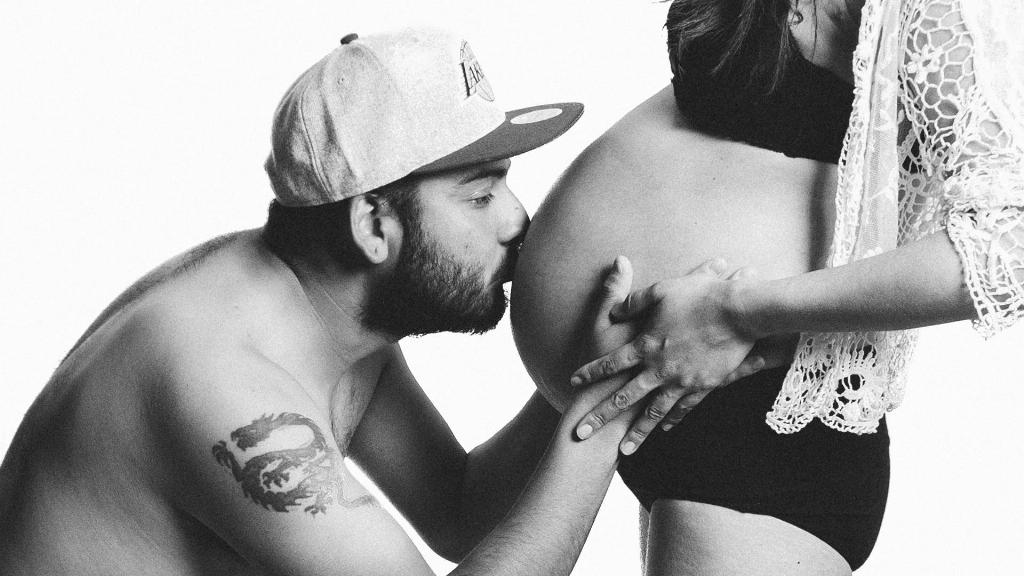Postpartum clots can be a concerning issue for many new mothers as they navigate the recovery process after giving birth. It’s important to have a clear understanding of what to expect in terms of postpartum bleeding and clotting to ensure a smooth recovery.
During the first 24 hours after giving birth, it is common for postpartum clots to be golf-ball sized or even larger. This may seem alarming, but it is a normal part of the postpartum healing process as your body works to shed the excess lining of the uterus.
As the days progress, you should notice that the size and frequency of these clots start to decrease. This is a positive sign that your body is healing and that the postpartum bleeding is gradually tapering off.
The bleeding that occurs after giving birth is known as lochia, which consists of blood, tissue, and mucus from the uterus. This discharge is a natural part of the postpartum recovery process and serves the important function of helping the uterus return to its pre-pregnancy state.
During pregnancy, blood vessels develop between the uterus and the placenta to support the growing baby. After giving birth, these blood vessels need to close off and heal, which can lead to some bleeding and clotting as the uterus contracts to expel any remaining tissue.
When experiencing postpartum clots, it is important to differentiate between normal clotting and signs of a potential issue. While some clotting is expected, if you notice excessively large clots, persistent heavy bleeding, or if you continue to pass large clots beyond the first few days postpartum, it is crucial to contact your healthcare provider for further evaluation.
It is normal to experience some level of discomfort during the postpartum period, including cramping and mild pain as the uterus contracts and readjusts. However, severe pain, foul-smelling discharge, or fever are concerning symptoms that warrant immediate medical attention.
Ensuring proper rest, hydration, and nutrition during the postpartum period can support your body’s healing process and promote a faster recovery. It is essential to listen to your body’s cues, prioritize self-care, and reach out for support when needed as you navigate the challenges of the postpartum period.
Remember that every woman’s postpartum experience is unique, and what may be normal for one individual may differ for another. Trust your instincts, stay informed about postpartum recovery, and don’t hesitate to seek guidance from healthcare professionals if you have any concerns.

